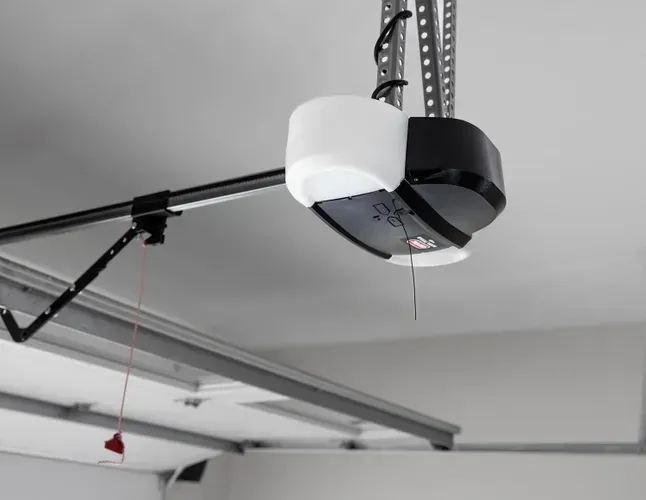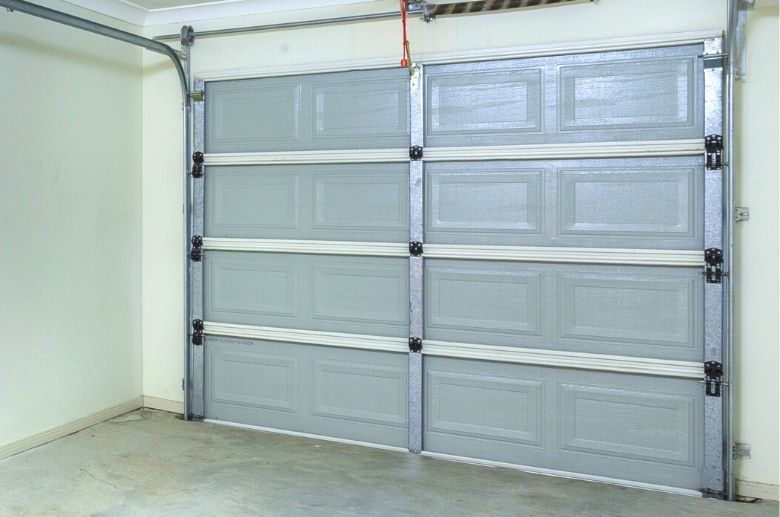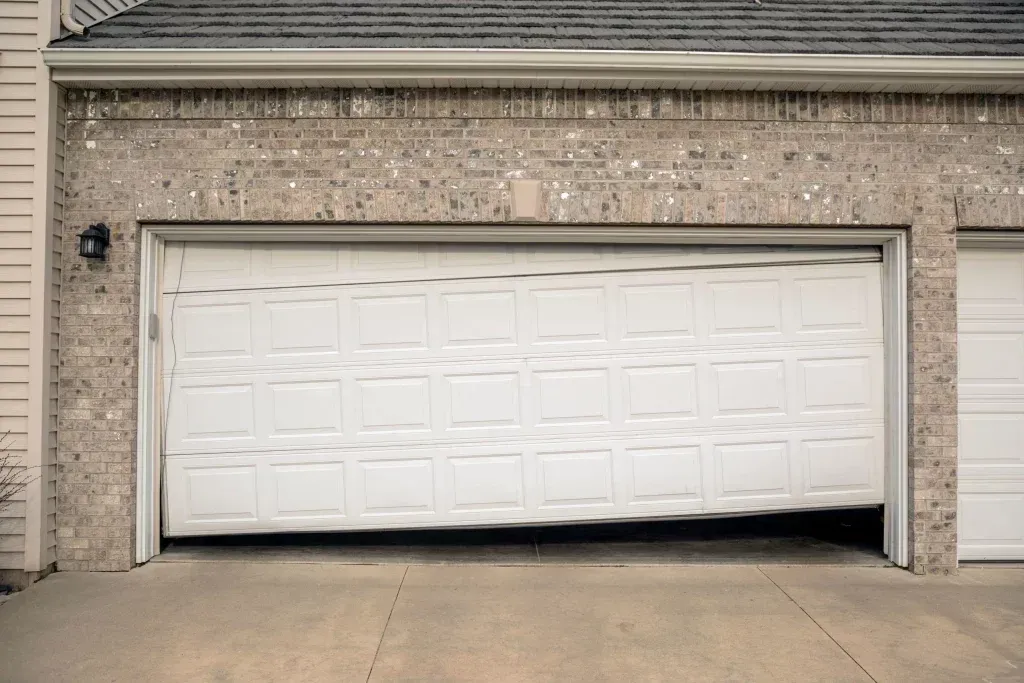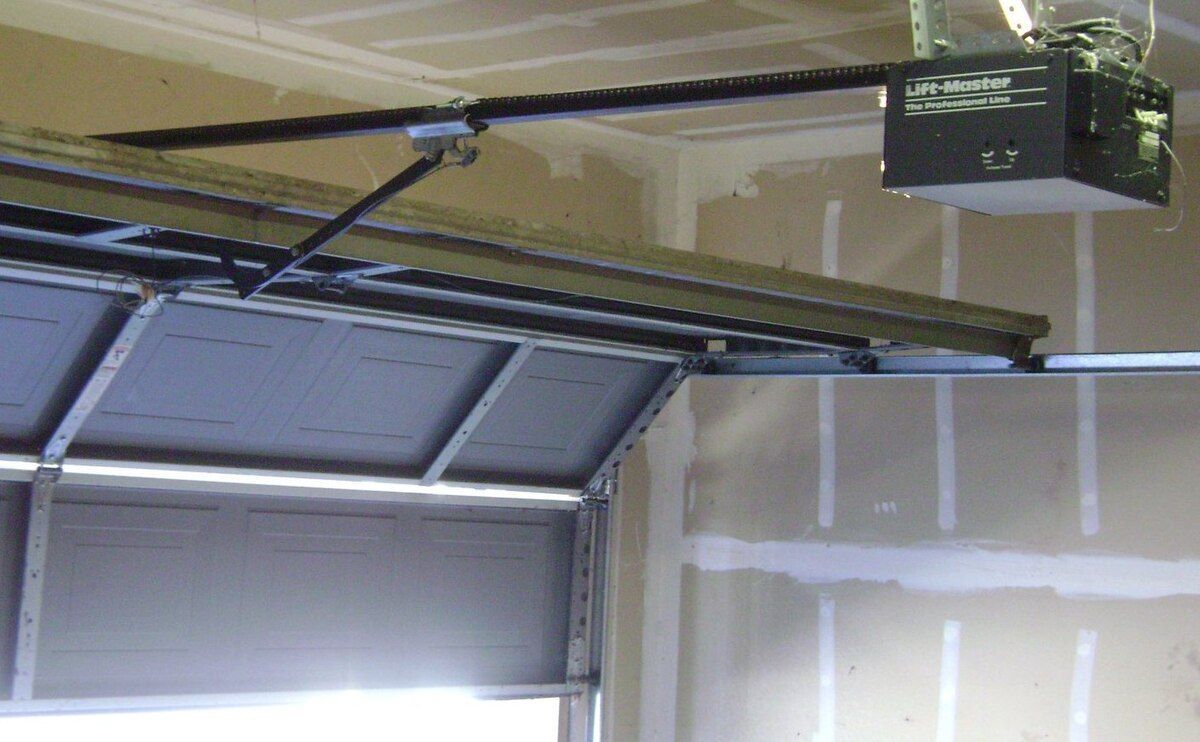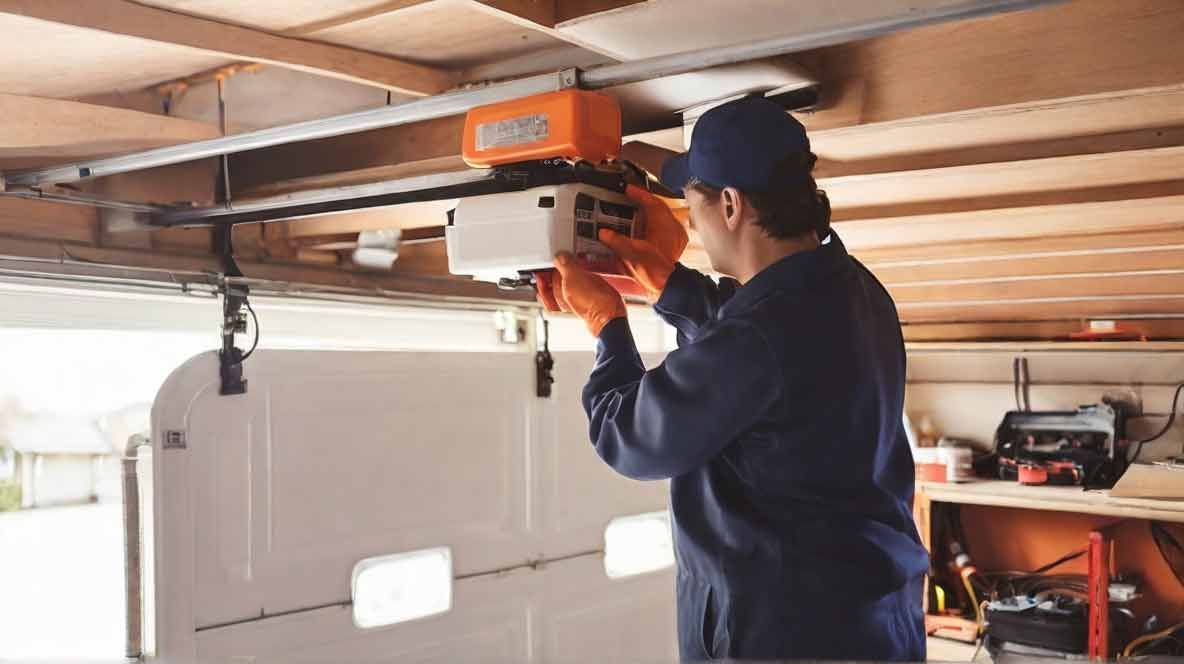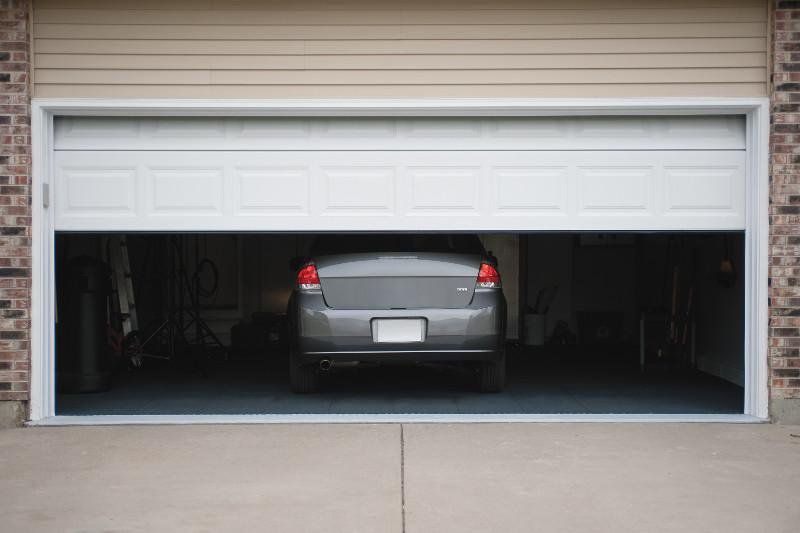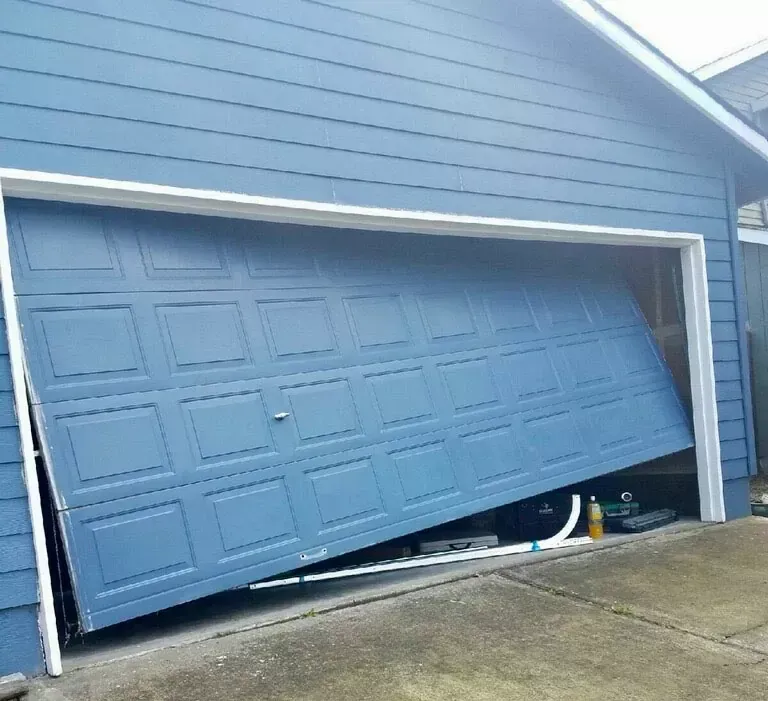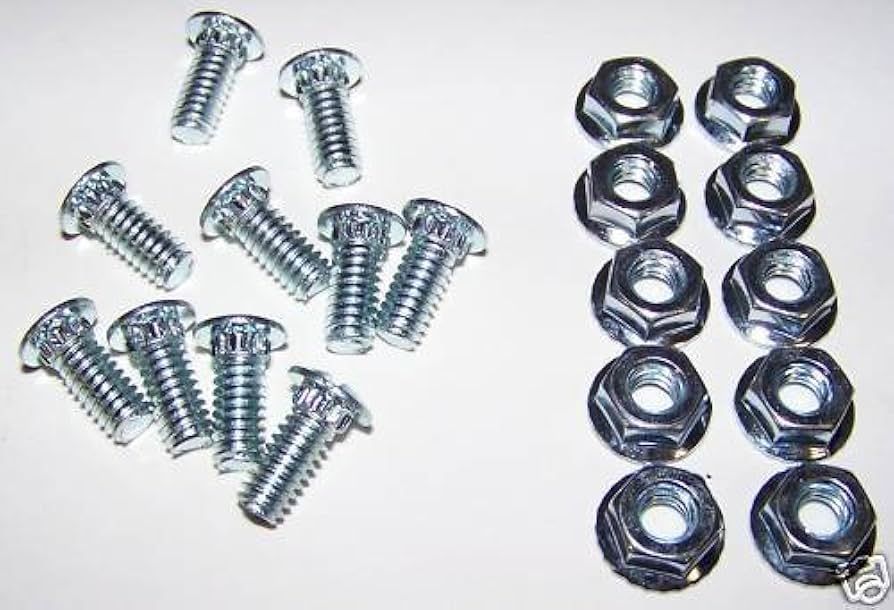7 Steps to Make a Garage Door Gap for Heat Reflection
Is your garage getting unbearably hot during summer? Creating a garage door gap to reduce heat reflection is a practical and efficient way to maintain a cooler temperature inside your garage, improving its comfort and energy efficiency. By following these 7 steps, you can effectively reflect heat, enhance ventilation, and reduce your energy bills.
Step 1: Evaluate the Current Insulation of Your Garage Door
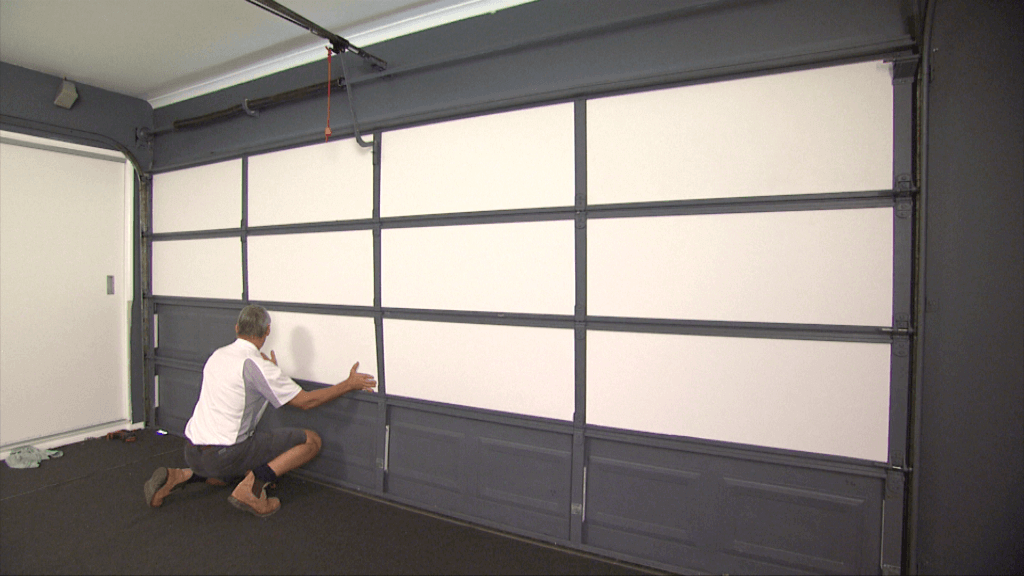
To create an effective gap for heat reflection, begin by evaluating your garage door’s existing insulation. Understanding your current setup will help you decide the best modifications for efficient heat reflection.
- Check Insulation Quality: Inspect if your garage door has existing insulation. Look for gaps or areas where insulation is missing or damaged.
- Assess Air Leakage: Identify places where hot air is getting in or cool air is escaping. These leaks are crucial in deciding where to create the heat-reflecting gap.
Step 2: Choose Appropriate Reflective Materials

The effectiveness of heat reflection relies heavily on the right materials. To create a garage door gap that properly reflects heat, opt for high-quality reflective materials.
Reflective Foil Insulation: Use foil-backed panels or reflective sheets specifically designed for garage doors.
Weather-Resistant Tapes: Make sure you use tapes that can hold up in fluctuating garage temperatures.
Step 3: Install a Reflective Barrier Behind the Garage Door
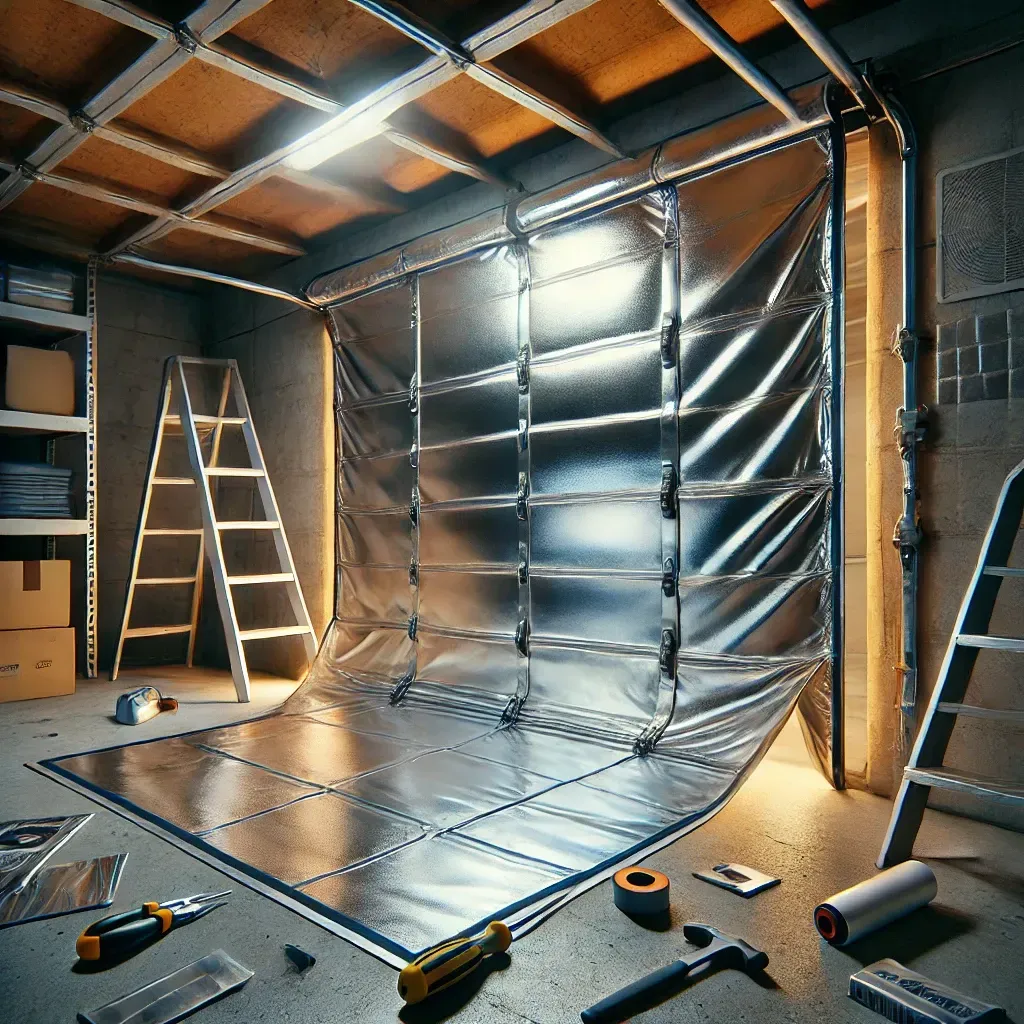
Installing a reflective barrier behind your garage door helps minimize heat transfer, reducing the amount of heat that enters your garage.
- Attach Panels or Sheets to the Door: Securely attach reflective sheets to the inside of the door, leaving a small gap between the sheet and the door surface.
- Leave a Gap for Air Circulation: The key to reflecting heat is to create a gap between the reflective barrier and the door, allowing for better air circulation and less direct heat transfer.
Step 4: Create Gaps for Improved Ventilation
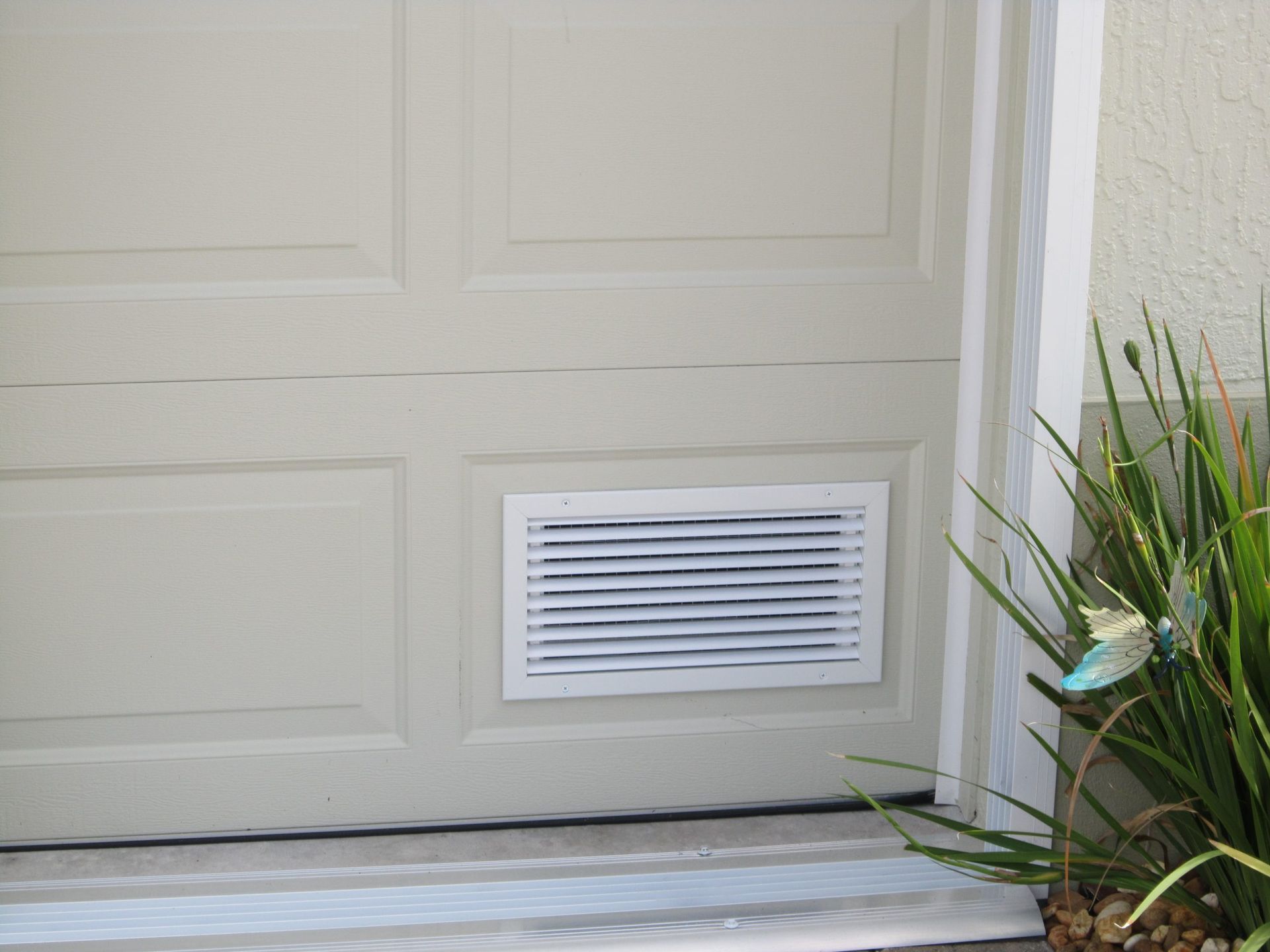
Ventilation gaps are crucial for heat management in your garage. These gaps allow the heat to escape rather than building up.
- Top and Bottom Gaps: Create small ventilation gaps at the top and bottom of the garage door. These openings will allow natural air circulation, minimizing heat buildup.
- Install Ventilation Grilles: Adding grilles to these gaps can provide controlled airflow while preventing pests from entering.
Step 5: Add Weather Stripping Around the Door Frame
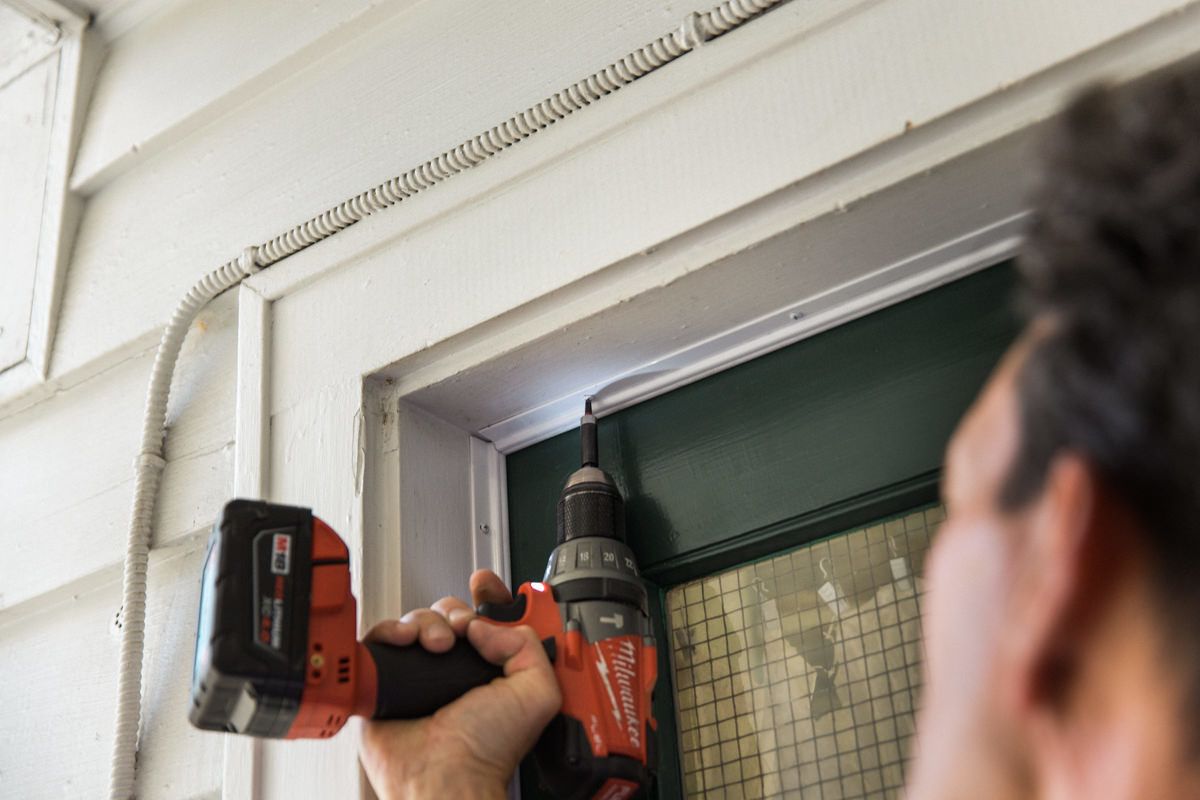
Weather stripping is an essential part of maintaining efficient garage temperature control. It ensures that the heat-reflecting gaps work without compromising your garage’s insulation.
- Seal Side Edges While Leaving Gaps for Ventilation: Properly seal the sides and bottom of the garage door, except for the specifically created ventilation gaps.
- Use Foam or Rubber Stripping: These materials help prevent unwanted drafts and make your garage door energy-efficient.
Step 6: Install an Adjustable Garage Door Ventilation Fan
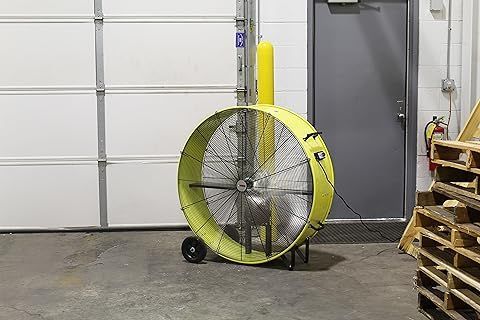
To further improve heat reflection and temperature regulation, consider installing a garage door ventilation fan. It helps to draw hot air out and improve overall airflow.
- Choose a Solar-Powered Fan: Solar-powered fans are energy-efficient and eco-friendly, running without adding to your electricity bill.
- Position Near Ventilation Gaps: Install the fan close to the top ventilation gap, which will help draw out rising hot air.
Step 7: Regular Maintenance and Adjustments
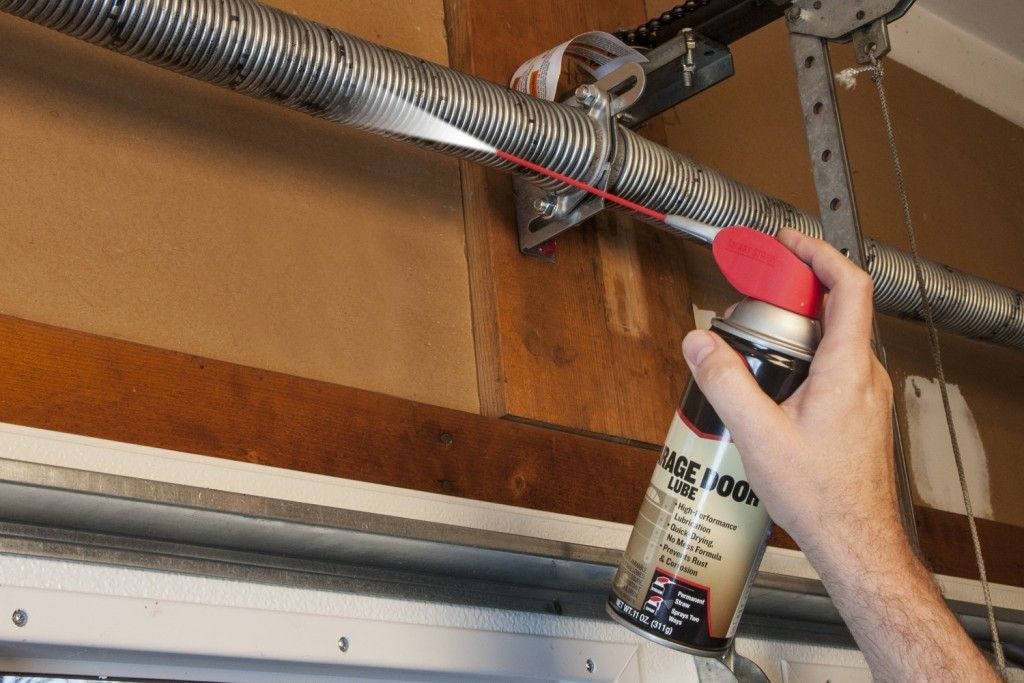
Once you have implemented these steps,
regular maintenance is crucial to ensure the heat reflection system remains efficient.
- Check Gaps for Obstruction: Ensure that the gaps you created for ventilation are not blocked by dust or debris.
- Monitor Insulation Quality: Periodically check the insulation and reflective barriers to ensure they are in good condition.
Benefits of Creating a Heat-Reflecting Garage Door Gap
Creating a garage door gap for heat reflection isn’t just a DIY project; it’s an investment in home energy savings and comfort.
- Energy Efficiency: Reflective barriers and proper gaps reduce the heat entering your garage, resulting in lower cooling costs.
- Improved Garage Temperature: The combination of insulation, ventilation, and reflective barriers significantly improves the internal temperature of your garage.
- Extending the Life of Stored Items: A well-regulated garage temperature can help protect temperature-sensitive items stored inside, such as tools, paint, or even your car’s battery.
Conclusion
Creating a garage door gap for heat reflection may seem like a complex project, but it’s ultimately about improving your garage’s comfort and efficiency. By using reflective barriers, maintaining proper ventilation, and keeping up with routine maintenance, you can significantly reduce heat buildup and make your garage a more enjoyable space. Whether you use your garage for storage, as a workspace, or even a recreational area, regulating its temperature with these simple steps can make a world of difference.


